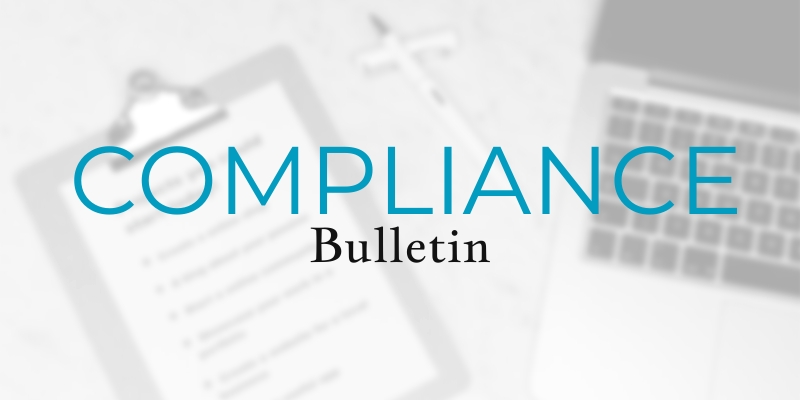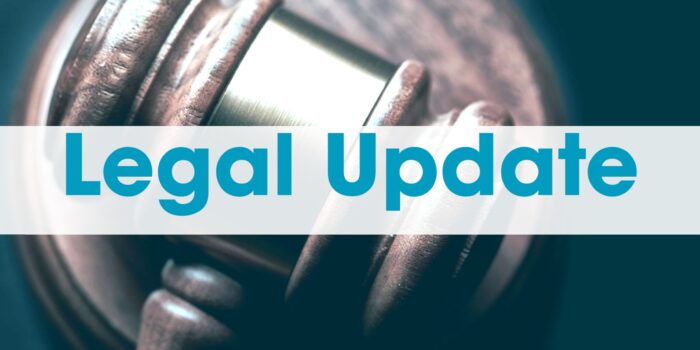24 Jun OSHA Updates Mitigation and Prevention Guidance for COVID-19
[wpseo_breadcrumb]
The guidance applies to employers and employees in settings outside of the health care industry and is now focused only on protecting unvaccinated or otherwise at-risk employees in their workplaces.
Employers can use this OSHA guidance to help them take the appropriate steps to prevent exposure and infection of unvaccinated or otherwise at risk employees.


 On June 10, 2021, the Occupational Safety and Health Administration (OSHA) updated its
On June 10, 2021, the Occupational Safety and Health Administration (OSHA) updated its  The COVID-19 pandemic is finally getting under control. As more Americans get vaccinated, states are gradually lifting restrictions, and life is returning to pre-pandemic normalcy.
The COVID-19 pandemic is finally getting under control. As more Americans get vaccinated, states are gradually lifting restrictions, and life is returning to pre-pandemic normalcy. U.S. health experts have identified an emerging strain of the coronavirus known as the Delta variant.
U.S. health experts have identified an emerging strain of the coronavirus known as the Delta variant. On June 11, 2021, the IRS released new
On June 11, 2021, the IRS released new